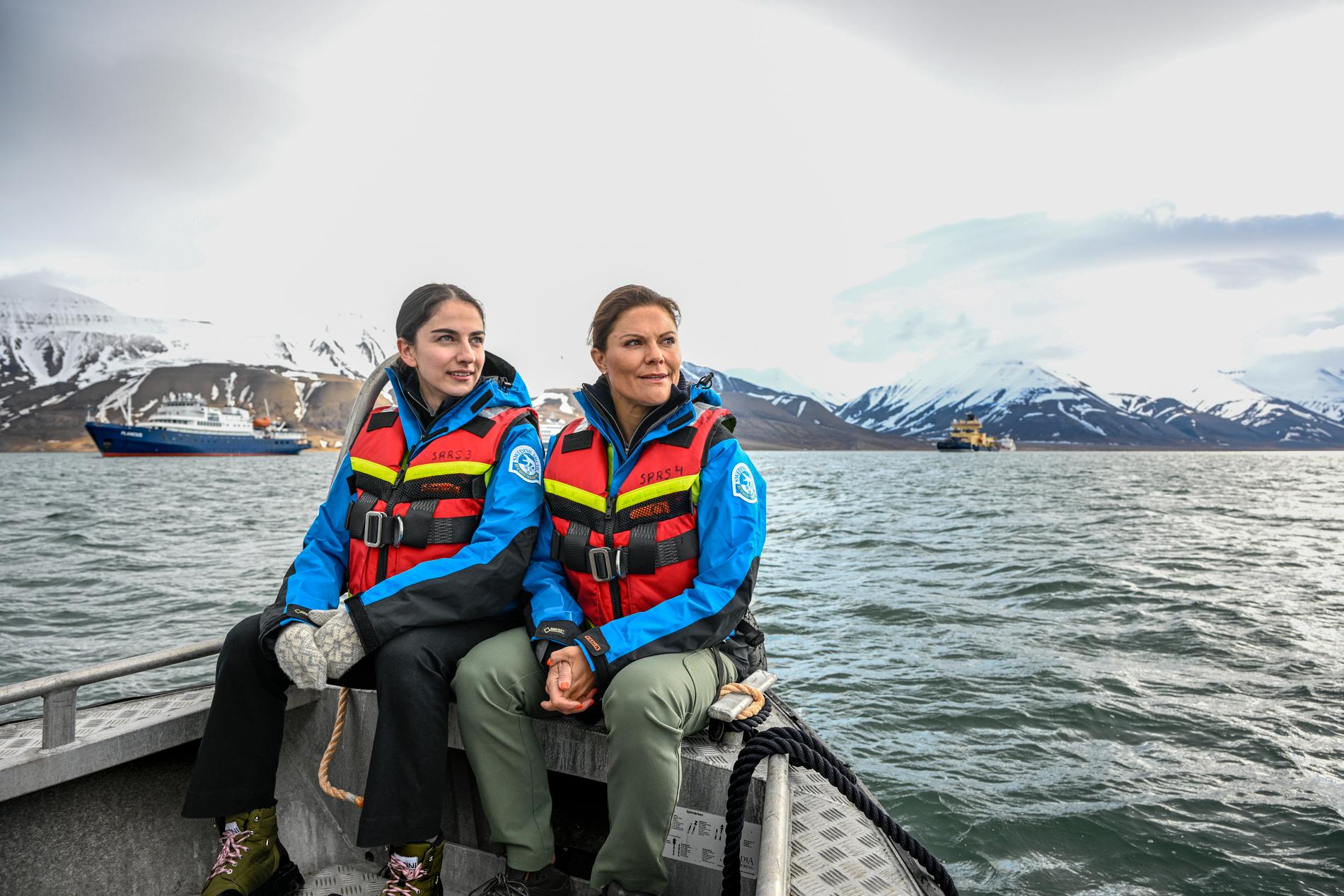The permafrost is thawing - now mercury is rising in the Arctic
Christina Nordh
Published 2024-04-12 21.48

Environment Minister Romina Pourmokhtari and Crown Princess Victoria during a visit to Svalbard in June 2023. Photo: Anders Wiklund/TT / TT Nyhetsbyrån
The environmental poison mercury is increasing in the Arctic.
According to the researchers, it is due to climate change – that glaciers are melting and the permafrost is thawing, writes Svalbardsposten.
This summer, researchers will continue to study the cause of the rising levels in Kongsfjorden in western Svalbard.
Many of the Arctic's sensitive aquatic ecosystems show high levels of mercury, despite the distance to industrial emission sources. It affects both animals and the indigenous population, the Inuit, who feed on fish and game from the region, writes the research magazine Extrakt.
Through the air
Other theories for the high mercury levels are that it was transported to the Arctic via ocean currents, long-distance air emissions and that it was transported via waterways and rivers.
Mercury occurs naturally in the earth's crust and can end up in the atmosphere through volcanic eruptions, forest fires, and from oceans and land - but roughly 90-95 percent of all new emissions come from new emissions come from human impact.
Most dangerous mercury
In the Arctic environment, mercury is converted to methylmercury, which is the most dangerous form of mercury and is taken up by algae and microorganisms. The poison affects reproduction, the heart, vascular and nervous systems.
Inga kommentarer:
Skicka en kommentar